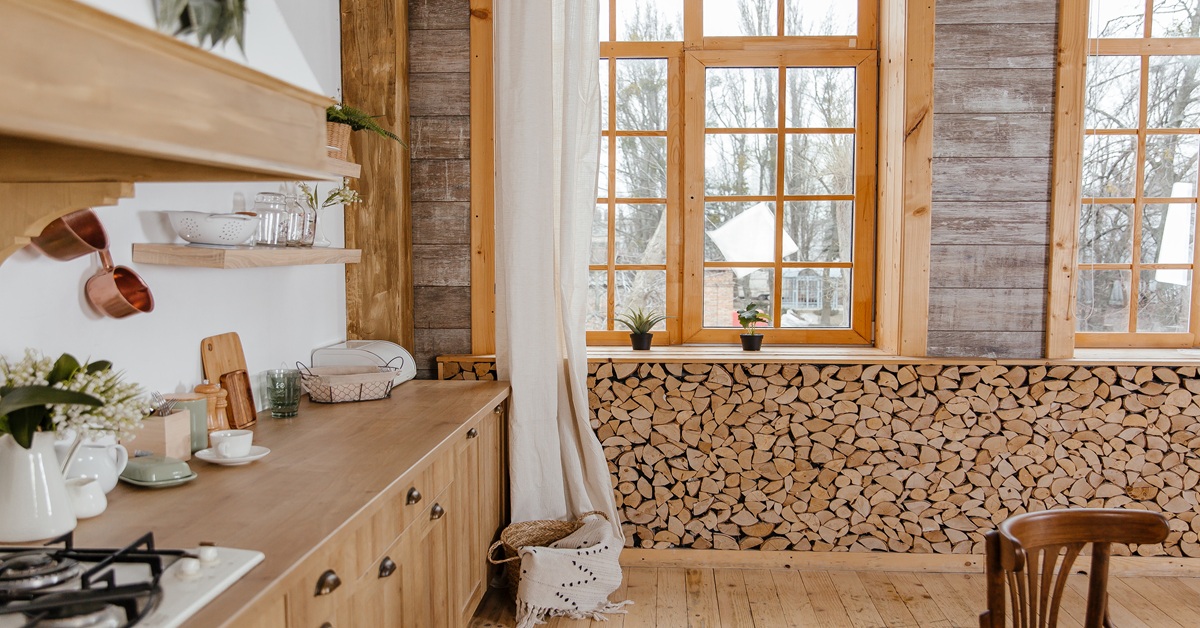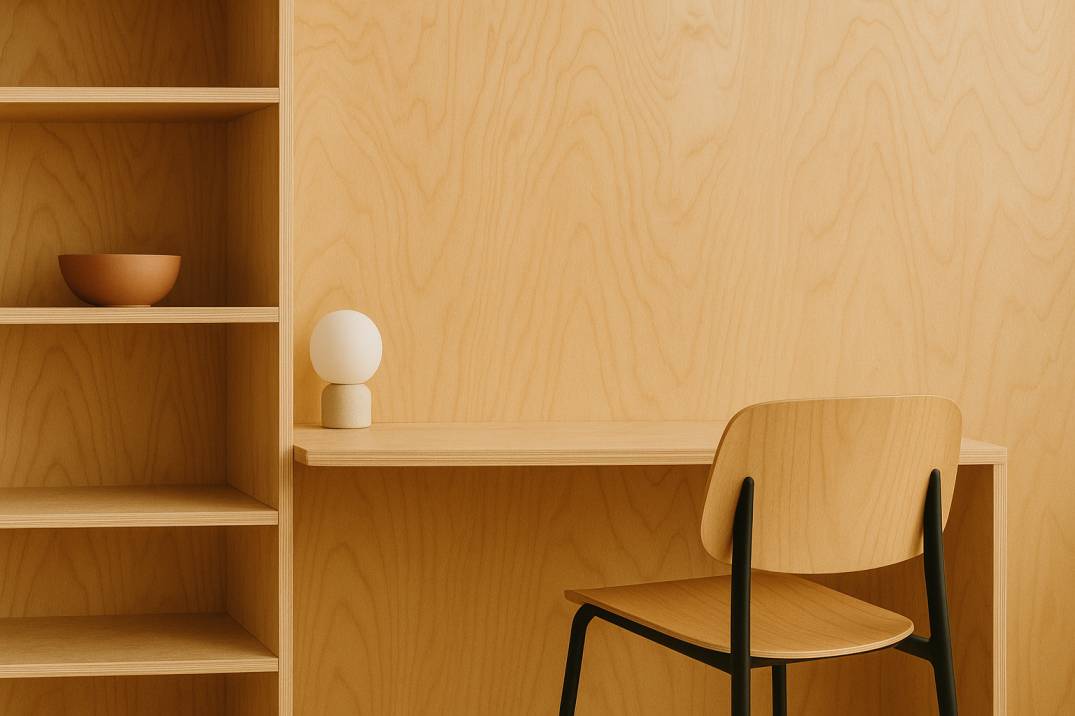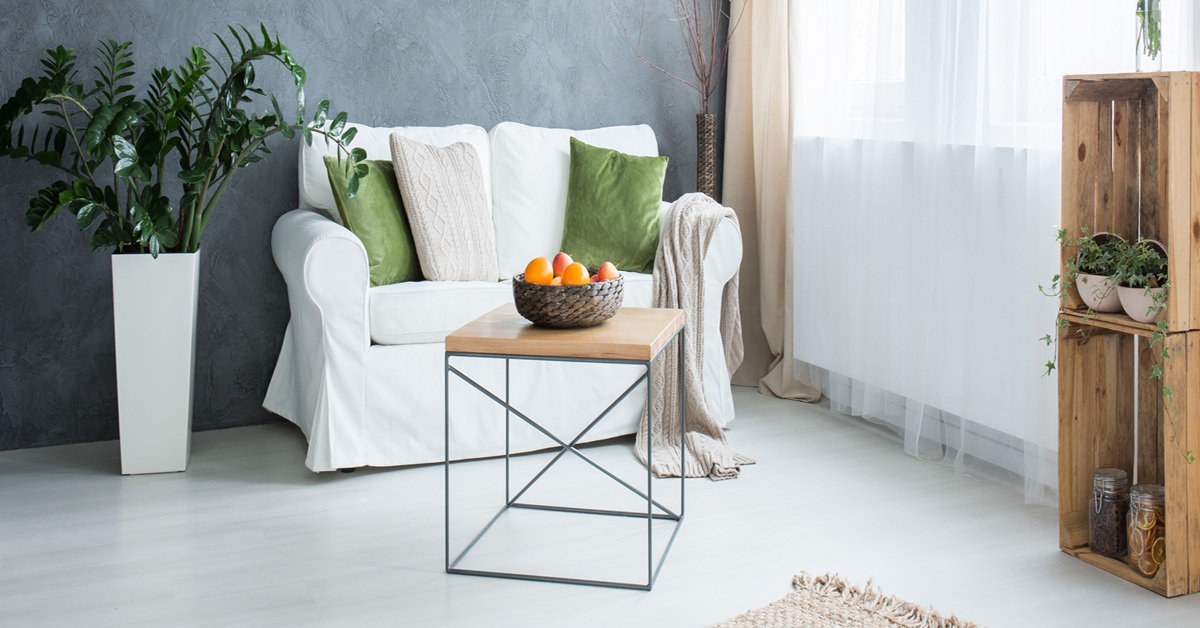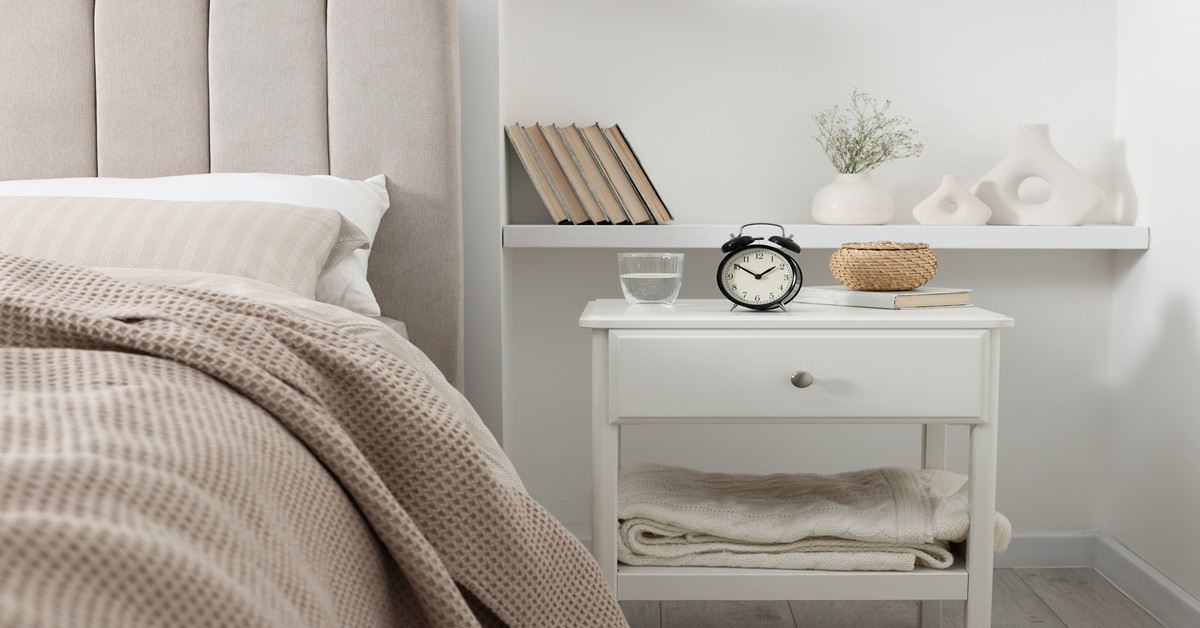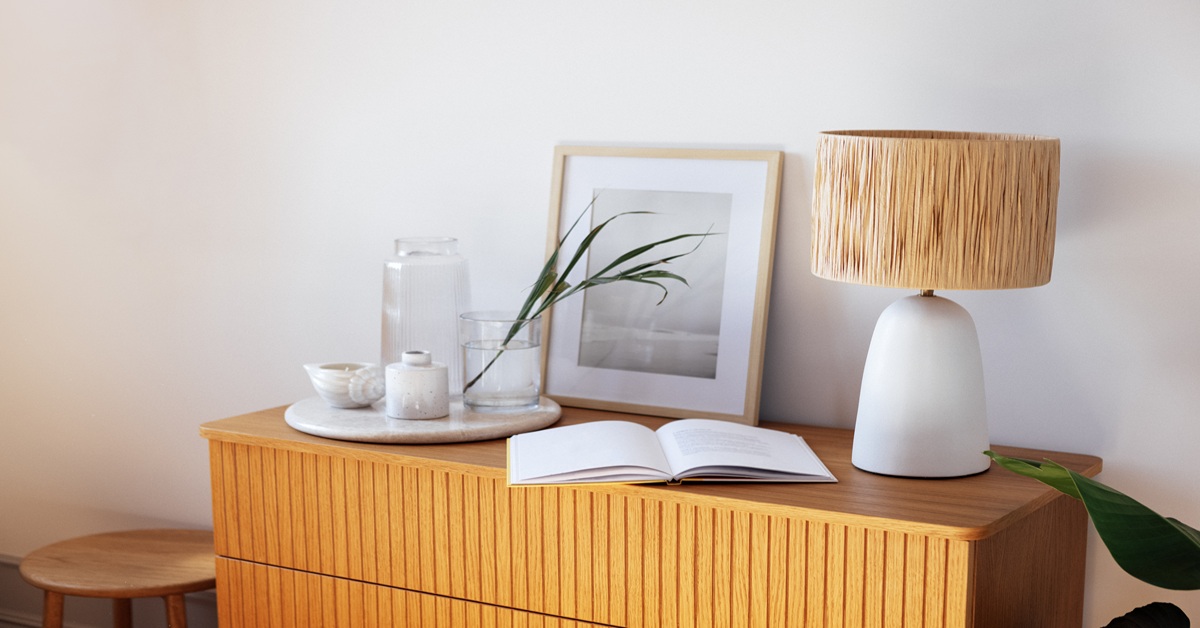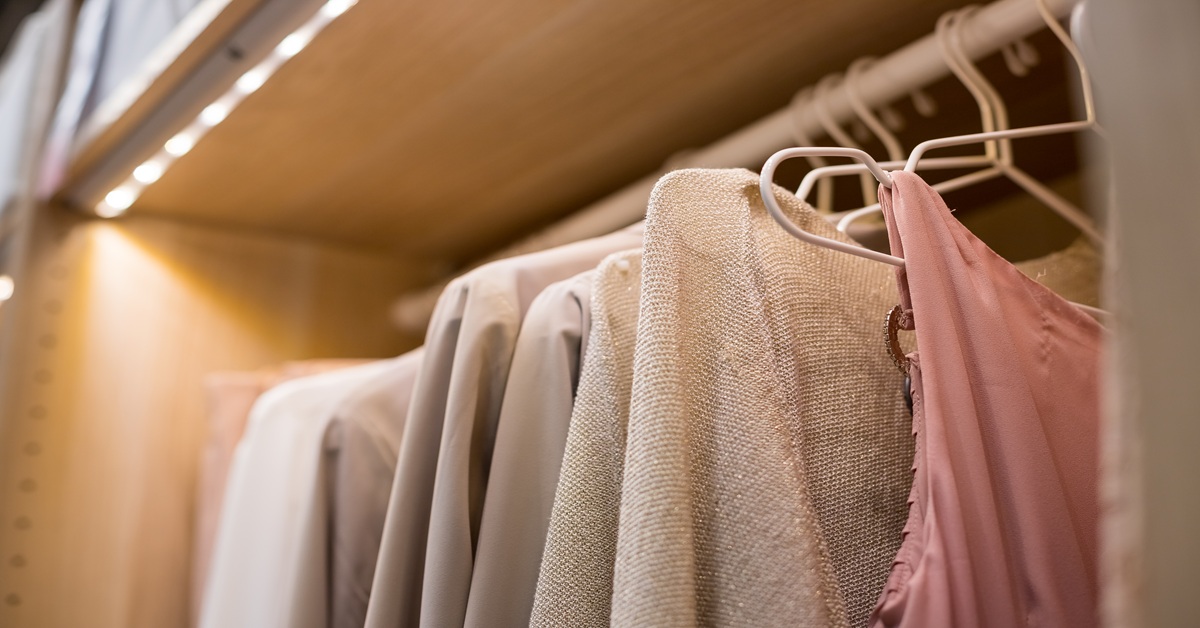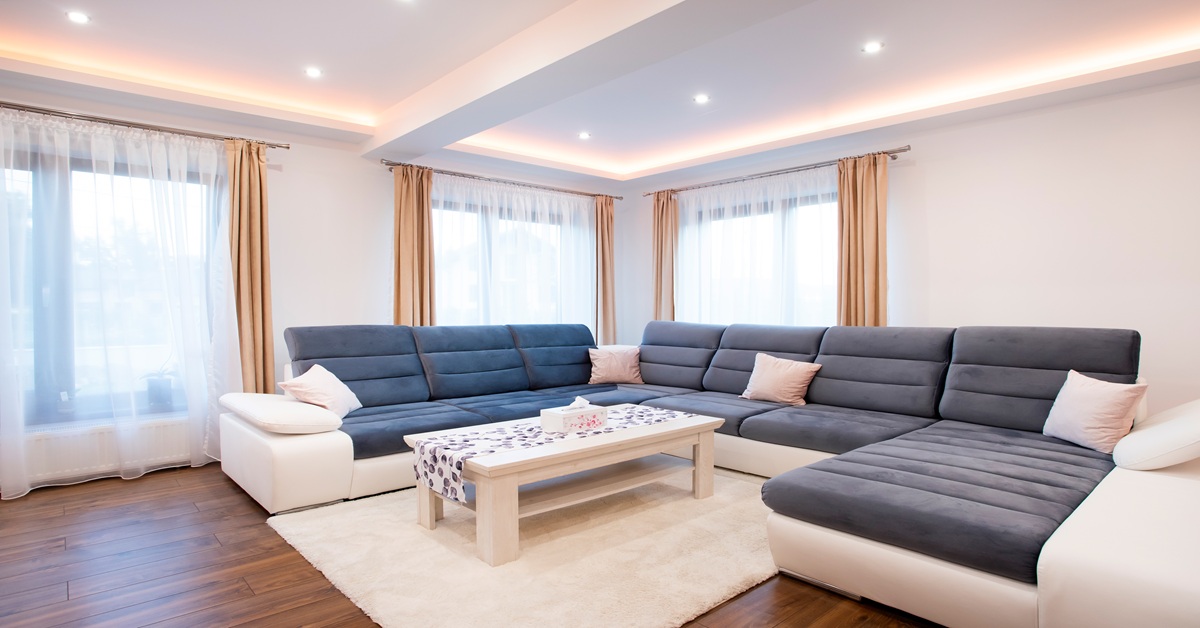A standard and flexible engineered wood product, plywood is necessary for a wide range of industries, including furniture manufacturing and building. Knowing the history of plywood – from its natural origins in the forest to its finished product in our houses – unveils the complex procedures and environmentally friendly methods used by a top plywood company such as Wigwam Ply. This blog will walk you through the amazing process of turning wood into the premium plywood you depend on.
Table of contents
Sustainable Sourcing: The Foundation of a Responsible Plywood Company
From Forest to Fine Veneer: Quality plywood company milling process
Core of the Plywood Manufacturing Process: Strength Layering
Ensuring Excellence: Strict Quality Control Policies of a Reputable Plywood Company
Unleashed Versatility: Standard of Excellence The Many Uses of Plywood
Sustainable Sourcing: The Foundation of a Responsible Plywood Company
A very conscientious plywood producer is aware that their offering is based on environmental responsibility. Not simply a concept, but sustainable sourcing forms the basis of ethical plywood production. This commitment begins in carefully managed forests where timber harvesting makes use of environmentally friendly methods intended to preserve the long-term health and biodiversity of the ecosystem. Crucially important are techniques like selective harvesting, which stresses older trees while letting younger trees flourish.
Moreover, using the replacement of harvested trees by young ones, frequent reforestation programs ensure the continuance of this vital resource. Strict standards and certifications from organisations such as the Forest Stewardship Council (FSC) ensure moral approaches to forest management. Beyond manufacturing, the ideals of a conscientious plywood company rely on actively interacting with local people and minimising waste through the process, so respecting their rights and traditions. Giving these environmentally friendly solutions top attention across the supply chain provides an ecologically responsible approach from forest to manufacture for a committed company such as Wigwam Ply.
As a dedicated plywood company, Wigwam Ply places a high priority on these environmentally friendly production methods to guarantee a supply chain that is ecologically sound.
From Forest to Fine Veneer: Quality plywood company milling process
From the milling plant of the plywood industry, where they are meticulously transformed into thin veneer sheets – the fundamental building blocks of plywood – the road of responsibly cultivated logs continues. Usually beginning with debarking, the removal of the logs’ outer coat, this process demands both accuracy and care. Usually under steam, the logs next pass through heating or conditioning to soften the wood fibres and simplify the next peeling process. Peeling requires a rotary lathe that effectively shaves continuous, thin veneer sheets from the revolving log. The veneer is then carefully cut in width and length by a clipper running these continuous sheets, therefore removing any imperfections.
Finally, the veneer sheets are meticulously graded and sorted, inspected and classified based on their quality, grain pattern, and knot or other fault-free nature. This precise milling technique forms the foundation of the strong and trustworthy plywood made by a reputable company like Wigwam Ply and determines their outstanding veneer.
Core of the Plywood Manufacturing Process: Strength Layering
The core of a plywood company’s operations is defined by the plywood manufacturing process itself, whereby individual veneer sheets are glued together to make strong and solid panels. Starting with drying the veneer sheets to reduce their moisture content, this means numerous important phases are needed to guarantee a strong and enduring connection. After that, perfectly measured adhesive covers the veneer’s surfaces uniformly. The crucial lay-off stage occurs when the veneer sheets are layered utilising the grain direction, with each ply aligned perpendicular to the next layer.
Plywood’s amazing strength and stability, resisting warping and cracking, has its secret in its cross-grading. The layered veneer is subsequently heated and pressed in a hydraulic press to allow the adhesive to dry and firmly bind the layers together. The pressed plywood panels are then sanded to produce a clean surface finish and trimmed to the required width. Forward-looking plywood company Wigwam Ply promises continual quality and optimal performance in all of its plywood products by using creative manufacturing techniques.
The plywood company Wigwam Ply uses cutting-edge production methods to guarantee constant quality and functionality in its plywood goods.
Ensuring Excellence: Strict Quality Control Policies of a Reputable Plywood Company
From the forest floor to the last panel, a good plywood firm strictly controls quality at every production stage. This begins with meticulous raw material analysis to ensure that only premium, sustainably produced timber finds use as millwork. Quality checks encompassing thickness, moisture content, and fault absence help track veneer production. Perfect adhesive application depends on close control of the type and quantity used. Among the highly observed elements in the pressing step are temperature, pressure, and time. Completed plywood is lastly meticulously tested for thickness, flatness, surface quality, and bonding strength.
Furthermore, extensive laboratory testing is done to make sure the plywood meets relevant industry standards and certifications. Following these rigorous quality control guidelines ensures that a reputable plywood producer like Wigwam Ply supplies its customers with consistently good plywood products.
Unleashed Versatility: Standard of Excellence The Many Uses of Plywood
The labour-intensive techniques applied by a premium plywood producer produce a material with tremendous versatility that finds application in many different industries. Plywood is a basic building material used in construction for formwork, roofing, flooring and structural sheathing in significant part because of its strength and stability. Plywood is the building component utilised in furniture construction for strong, visually pleasing tables, chairs, closets and cupboards.
Interior designers build space dividers, wall panelling, and accent pieces from plywood. Among other uses in transportation, its water resistance and strength fit boat construction and vehicle interiors. In packaging, plywood provides strong and uniform containers and boxes. Furthermore, many do-it-yourself projects and crafts choose it mostly because of its workability and pricing.
Leading plywood companies such as Wigwam Ply offer consistent and dependable quality that makes their products the best fit for so many applications.
FAQs
1. First step in quality plywood?
The first absolutely essential phase is sustainable sourcing, that is, environmentally friendly harvesting methods in well regulated forests including replanting and selective harvesting.
2. How are logs made into veneer?
Logs are turned into veneer sheets by the plywood milling operation. Usually, the milling process includes debarking the logs, heating or curing them to soften the wood, peeling thin veneer sheets with a rotary lathe, clipping the sheets to remove faults and cut them to size, and lastly grading and sorting the veneer depending on quality.
3. Why is the manufacturing method strength and stability of plywood so outstanding?
The secret is the stacking method whereby veneer sheets are cross-grained, that is, glued together utilising the grain direction of one layer opposing the next. This method provides rather strong resistance against warping and breaking.
4. What kind of quality control processes are followed by a plywood company?
Reputable companies implement strict quality control at all levels: raw material inspection, veneer quality checks, correct adhesive application control, monitoring pressing settings, completed plywood inspection, and laboratory testing for industry standards and certifications.
5. What are some plywood uses?
The blog notes applications in construction (formwork, flooring, roofing), furniture manufacturing (tables, chairs, cabinets), interior design (wall panelling, dividers), transportation (boat building, vehicle interiors), packaging (boxes, crates) and various crafts and DIY projects.

